No products in the cart.
Cost Benefits of Switching to Sustainable Packaging
-
By: Caroline Ray
-
January 27, 2025
Are you still sticking to traditional packaging methods while the world shifts towards eco-friendly options? The myth that sustainable packaging is costlier is quickly unraveling. In reality, adopting sustainable packaging could lead to significant cost benefits for businesses. Employing fewer raw materials, such as recycled paper and biodegradable plastics, not only trims production and packaging expenses but also qualifies businesses for government incentives like tax breaks. Embracing sustainable packaging isn’t just a nod to environmental responsibility; it’s a strategic financial decision that can also enhance market positioning and brand reputation.
 Switching to sustainable packaging has the potential to yield substantial long-term savings, particularly through the reduction of waste disposal fees. These eco-friendly materials, such as biodegradable plastics and recycled paper, are designed to decompose more readily or be easily recycled, thereby minimizing waste management costs. By reducing the volume of waste sent to landfills, businesses can also avoid hefty disposal fees and penalties. Moreover, sustainable packaging often uses fewer resources, further decreasing the financial burden associated with material procurement and waste processing. Collectively, these factors contribute to significant cost reductions over time.
Do consumers support sustainable products? Yes, consumers are increasingly willing to pay a premium for eco-friendly options. This growing consumer preference for sustainability translates into enhanced revenue opportunities for businesses that adopt green packaging solutions. As more individuals prioritize environmental responsibility in their purchasing decisions, companies can benefit from heightened customer loyalty and increased sales. Sustainable packaging not only meets the expectations of eco-conscious consumers but also strengthens a brand’s reputation as a socially responsible entity.
Switching to sustainable packaging has the potential to yield substantial long-term savings, particularly through the reduction of waste disposal fees. These eco-friendly materials, such as biodegradable plastics and recycled paper, are designed to decompose more readily or be easily recycled, thereby minimizing waste management costs. By reducing the volume of waste sent to landfills, businesses can also avoid hefty disposal fees and penalties. Moreover, sustainable packaging often uses fewer resources, further decreasing the financial burden associated with material procurement and waste processing. Collectively, these factors contribute to significant cost reductions over time.
Do consumers support sustainable products? Yes, consumers are increasingly willing to pay a premium for eco-friendly options. This growing consumer preference for sustainability translates into enhanced revenue opportunities for businesses that adopt green packaging solutions. As more individuals prioritize environmental responsibility in their purchasing decisions, companies can benefit from heightened customer loyalty and increased sales. Sustainable packaging not only meets the expectations of eco-conscious consumers but also strengthens a brand’s reputation as a socially responsible entity.
In addition to cost savings, sustainable packaging significantly impacts the environment by reducing carbon footprints. By utilizing materials that require less energy to produce and transport, businesses lower fossil fuel consumption and greenhouse gas emissions. This shift not only benefits the planet by conserving natural resources and reducing pollution but also aligns with global sustainability goals. As companies incorporate sustainable practices into their operations, they contribute positively to the environment while gaining financial advantages, positioning themselves as leaders in the eco-conscious market.
 The market for sustainable packaging is experiencing significant growth, driven by a marked increase in consumer interest in eco-friendly products. Online searches for sustainable goods have surged by 71% over the past five years, indicating a strong consumer shift towards climate-conscious purchasing decisions. This trend reflects a growing awareness of environmental issues and a desire among consumers to support brands that demonstrate a commitment to sustainability. Approximately one-third of consumers are willing to pay more for products that are sustainably packaged, highlighting the value placed on eco-conscious branding. This willingness to invest in sustainable options underscores a broader societal shift towards environmental responsibility and positions eco-friendly brands favorably in the market.
The market for sustainable packaging is experiencing significant growth, driven by a marked increase in consumer interest in eco-friendly products. Online searches for sustainable goods have surged by 71% over the past five years, indicating a strong consumer shift towards climate-conscious purchasing decisions. This trend reflects a growing awareness of environmental issues and a desire among consumers to support brands that demonstrate a commitment to sustainability. Approximately one-third of consumers are willing to pay more for products that are sustainably packaged, highlighting the value placed on eco-conscious branding. This willingness to invest in sustainable options underscores a broader societal shift towards environmental responsibility and positions eco-friendly brands favorably in the market.
Financial Advantages of Sustainable Packaging
The adoption of sustainable packaging can lead to significant cost reductions, primarily through the use of fewer raw materials. Sustainable packaging solutions often involve materials that are lighter and more efficient, reducing both production and shipping costs. For example, designs using recycled paper and biodegradable plastics require fewer resources to manufacture and are often lighter, which decreases transportation expenses. Additionally, the reduced material usage translates into lower waste disposal fees, as these eco-friendly materials are typically easier to recycle or compost. Over time, businesses can observe substantial savings by minimizing the quantity of materials required for packaging their products. Government incentives play a crucial role in offsetting the initial investment costs associated with transitioning to sustainable packaging. Many governments provide subsidies, grants, or tax breaks to encourage businesses to adopt eco-friendly practices. These financial incentives can significantly reduce the upfront costs, making it more feasible for companies to switch from traditional packaging to more sustainable alternatives. By taking advantage of these incentives, businesses not only lower their initial expenses but also align themselves with governmental environmental objectives.- Cardboard
- Cornstarch
- Recycled paper
- Biodegradable plastics
- Folding cartons
Long-Term Savings and Environmental Impact
 Switching to sustainable packaging has the potential to yield substantial long-term savings, particularly through the reduction of waste disposal fees. These eco-friendly materials, such as biodegradable plastics and recycled paper, are designed to decompose more readily or be easily recycled, thereby minimizing waste management costs. By reducing the volume of waste sent to landfills, businesses can also avoid hefty disposal fees and penalties. Moreover, sustainable packaging often uses fewer resources, further decreasing the financial burden associated with material procurement and waste processing. Collectively, these factors contribute to significant cost reductions over time.
Do consumers support sustainable products? Yes, consumers are increasingly willing to pay a premium for eco-friendly options. This growing consumer preference for sustainability translates into enhanced revenue opportunities for businesses that adopt green packaging solutions. As more individuals prioritize environmental responsibility in their purchasing decisions, companies can benefit from heightened customer loyalty and increased sales. Sustainable packaging not only meets the expectations of eco-conscious consumers but also strengthens a brand’s reputation as a socially responsible entity.
Switching to sustainable packaging has the potential to yield substantial long-term savings, particularly through the reduction of waste disposal fees. These eco-friendly materials, such as biodegradable plastics and recycled paper, are designed to decompose more readily or be easily recycled, thereby minimizing waste management costs. By reducing the volume of waste sent to landfills, businesses can also avoid hefty disposal fees and penalties. Moreover, sustainable packaging often uses fewer resources, further decreasing the financial burden associated with material procurement and waste processing. Collectively, these factors contribute to significant cost reductions over time.
Do consumers support sustainable products? Yes, consumers are increasingly willing to pay a premium for eco-friendly options. This growing consumer preference for sustainability translates into enhanced revenue opportunities for businesses that adopt green packaging solutions. As more individuals prioritize environmental responsibility in their purchasing decisions, companies can benefit from heightened customer loyalty and increased sales. Sustainable packaging not only meets the expectations of eco-conscious consumers but also strengthens a brand’s reputation as a socially responsible entity.
| Sustainable Material | Carbon Footprint Reduction |
|---|---|
| Recycled Paper | 25% |
| Biodegradable Plastics | 30% |
| Mushroom Packaging | 35% |
Case Studies: Successful Transitions to Sustainable Packaging
Case studies provide invaluable insights into the practical benefits and challenges of adopting sustainable packaging. By examining the experiences of companies like Ikea and McDonald’s, businesses can learn from real-world examples of successful sustainable transitions. These cases demonstrate how strategic changes in packaging can lead to significant cost savings and improve brand perception.Ikea’s Sustainable Packaging Journey
Ikea, a global leader in home furnishings, embarked on a mission to integrate sustainable packaging into its operations. The company recognized the environmental and financial advantages of reducing packaging waste and materials. Initially, Ikea faced challenges in sourcing eco-friendly materials that met their quality standards and logistical needs. Concerns about potential cost increases were prevalent, as 43% of companies express worries about the expenses involved in transitioning from traditional packaging. To overcome these challenges, Ikea implemented innovative solutions, such as designing flat-pack packaging that minimized material usage and increased shipping efficiency. By focusing on renewable and recycled materials, Ikea was able to reduce its carbon footprint and align with its sustainability goals. The transition not only resulted in cost savings through reduced material and transportation expenses but also enhanced Ikea’s brand image as an environmentally responsible company.McDonald’s Packaging Transformation
McDonald’s, a fast-food giant, has also made significant strides in adopting sustainable packaging solutions. The company’s efforts were driven by the need to address environmental concerns and meet consumer expectations for eco-friendly practices. McDonald’s faced the challenge of finding alternatives to traditional packaging that could withstand the demands of its large-scale operations. The company adopted a multi-faceted approach, including the use of recycled materials and the elimination of non-recyclable plastics. By collaborating with suppliers and investing in research, McDonald’s was able to develop cost-effective packaging solutions that maintained product integrity. The transformation led to measurable financial benefits, with reduced waste disposal costs and improved customer loyalty due to the company’s commitment to sustainability. These case studies highlight the tangible cost benefits and enhanced brand reputation that can result from a well-executed transition to sustainable packaging. By learning from these examples, businesses can better navigate their own sustainable transitions and achieve similar successes.Market Trends and Consumer Perception
 The market for sustainable packaging is experiencing significant growth, driven by a marked increase in consumer interest in eco-friendly products. Online searches for sustainable goods have surged by 71% over the past five years, indicating a strong consumer shift towards climate-conscious purchasing decisions. This trend reflects a growing awareness of environmental issues and a desire among consumers to support brands that demonstrate a commitment to sustainability. Approximately one-third of consumers are willing to pay more for products that are sustainably packaged, highlighting the value placed on eco-conscious branding. This willingness to invest in sustainable options underscores a broader societal shift towards environmental responsibility and positions eco-friendly brands favorably in the market.
The market for sustainable packaging is experiencing significant growth, driven by a marked increase in consumer interest in eco-friendly products. Online searches for sustainable goods have surged by 71% over the past five years, indicating a strong consumer shift towards climate-conscious purchasing decisions. This trend reflects a growing awareness of environmental issues and a desire among consumers to support brands that demonstrate a commitment to sustainability. Approximately one-third of consumers are willing to pay more for products that are sustainably packaged, highlighting the value placed on eco-conscious branding. This willingness to invest in sustainable options underscores a broader societal shift towards environmental responsibility and positions eco-friendly brands favorably in the market.
- Increased demand for eco-friendly products
- Willingness to pay premium prices
- Preference for brands with sustainable practices As these market trends evolve, they significantly impact business practices, prompting companies to adapt and innovate. The increased demand for sustainable packaging encourages businesses to prioritize eco-friendly materials and processes, aligning their operations with consumer expectations. This shift not only enhances brand loyalty but also provides a competitive edge as companies vie to meet the rising consumer demand for sustainability. An infographic could be used to effectively illustrate the growth in consumer searches for sustainable products and their willingness to pay premium prices, providing a visual representation of these influential market dynamics.
Aigo Print Shop: Leading the Way in Sustainable Packaging
Aigo Print Shop stands out as a premier e-commerce product packaging print shop, renowned for its commitment to sustainable packaging solutions. By focusing on eco-friendly design and practices, Aigo Print Shop has carved a niche in the market as a leader in sustainable packaging initiatives. They prioritize the use of renewable and biodegradable materials, ensuring that their products are both environmentally responsible and aesthetically appealing. This dedication not only supports global sustainability goals but also provides significant cost benefits by reducing material waste and optimizing production processes. Aigo Print Shop’s efforts in sustainable packaging are a testament to their commitment to innovation and environmental stewardship.- Innovative eco-friendly designs
- Commitment to reducing carbon footprint
- Competitive pricing
- Strong customer loyalty
Final Words
Implementing sustainable packaging introduces financial benefits through reduced material costs and government incentives, enhancing business competitiveness. Companies experience substantial long-term savings as waste disposal fees decrease and consumers express willingness to invest in eco-friendly products. Case studies from Ikea and McDonald’s demonstrate significant cost reductions and improved brand images. Current market trends reveal growing consumer demand for sustainable options, bolstering brand loyalty. Aigo Print Shop exemplifies leadership in eco-friendly design, setting industry standards. The cost benefits of switching to sustainable packaging resonate with both businesses and environmentally-conscious consumers, creating a win-win scenario.FAQ
How much does eco-friendly packaging cost?
Eco-friendly packaging costs can vary widely due to factors like materials used and production processes. Generally, these options may initially be higher than traditional packaging, but cost savings are often realized in the long term through material efficiency and government incentives.Does sustainable packaging cost more?
Sustainable packaging can be more expensive initially, due to higher material and production costs. However, long-term savings often offset these initial expenses due to reduced waste disposal fees and incentives.What are the advantages of sustainable packaging?
The advantages of sustainable packaging include reduced environmental impact, long-term cost savings, and enhanced brand perception. It often involves fewer raw materials, lowering production costs, and appealing to eco-conscious consumers.How much does it cost to make a sustainable bag?
The cost to produce a sustainable bag depends on materials used, such as recycled fibers or biodegradable plastics, which could initially cost more. Over time, optimizing production processes can mitigate these costs.Does it cost more to make sustainable products?
Producing sustainable products may require higher initial investment in eco-friendly materials and processes. Nonetheless, businesses often benefit in the long run from reduced material waste, government incentives, and increased customer loyalty.
Caroline Ray
Hello, I’m Caroline Ray, a custom packaging consultant and designer. With a professional journey spanning over eight years, I’ve evolved from a budding designer to a recognized expert in the field. Currently holding the position of Packaging Consultant, I’ve honed my skills in creating not just visually stunning packaging but also solutions that align with strategic business goals for custom pacakging.
Tag
Categories
List Posts
February 26, 2025
Smart Packaging for Smart Devices: Design Innovations
February 26, 2025
Functional Packaging: Protecting and Showcasing Tech Accessories
February 18, 2025
Unboxing Joy: Creative Packaging Ideas That Delight
February 17, 2025

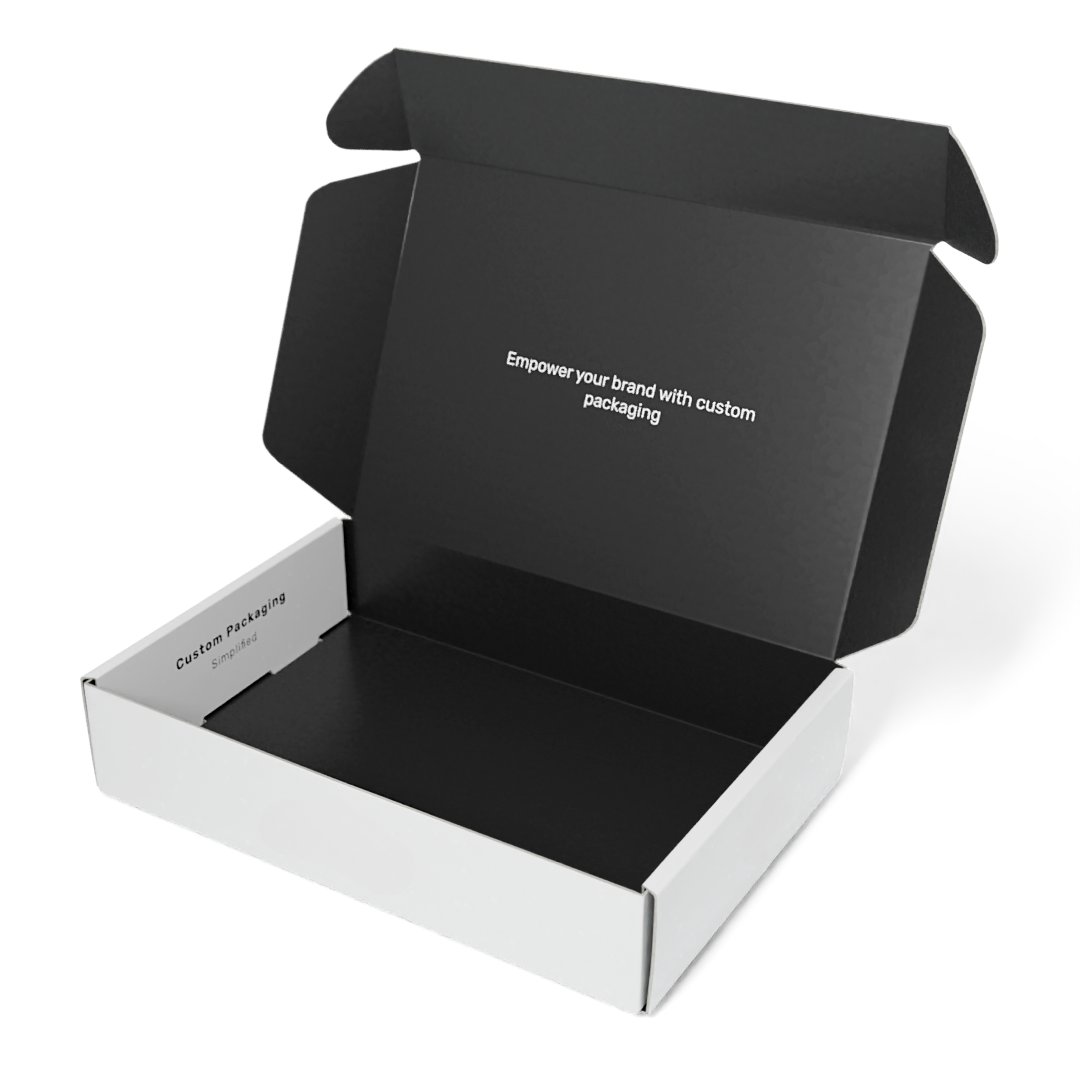
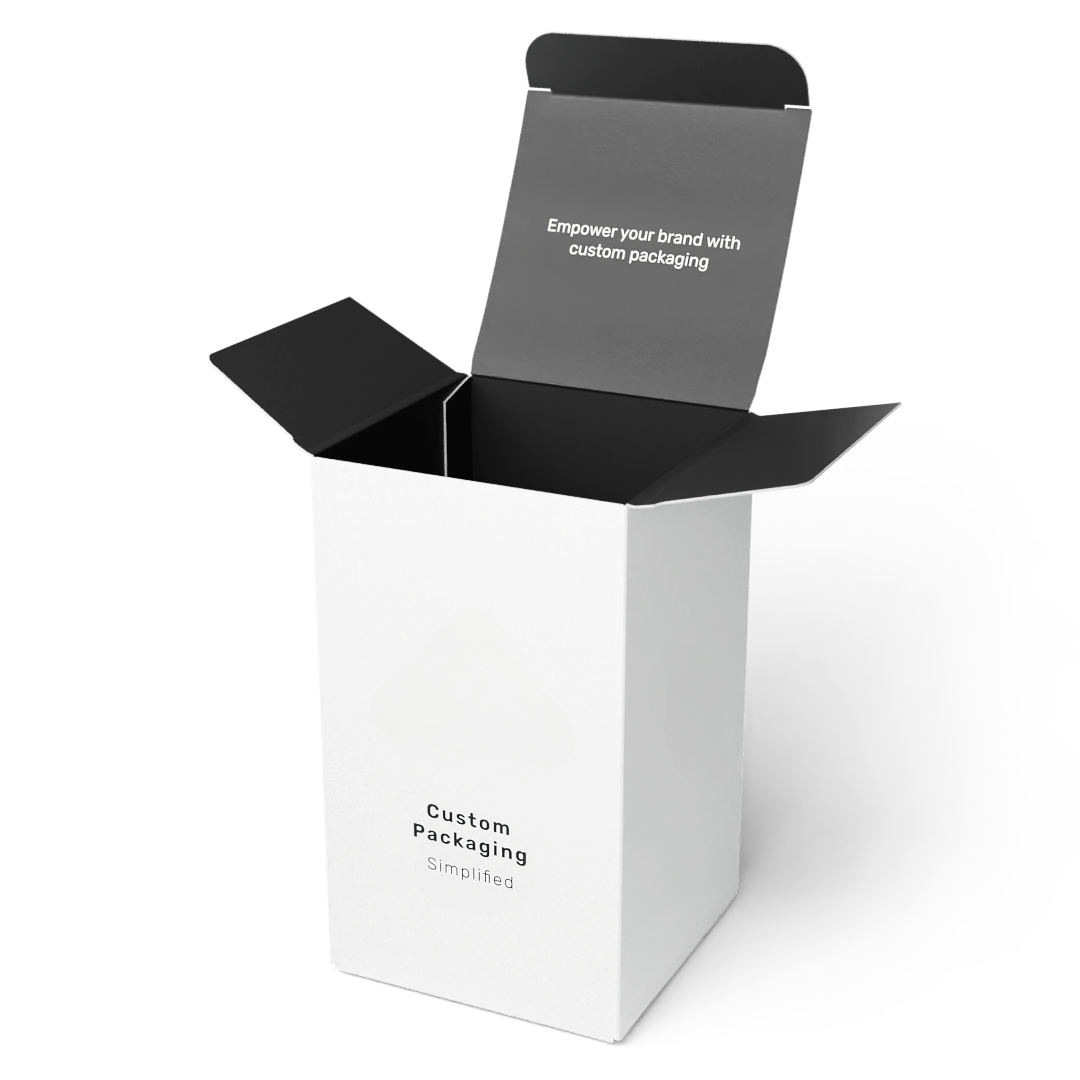
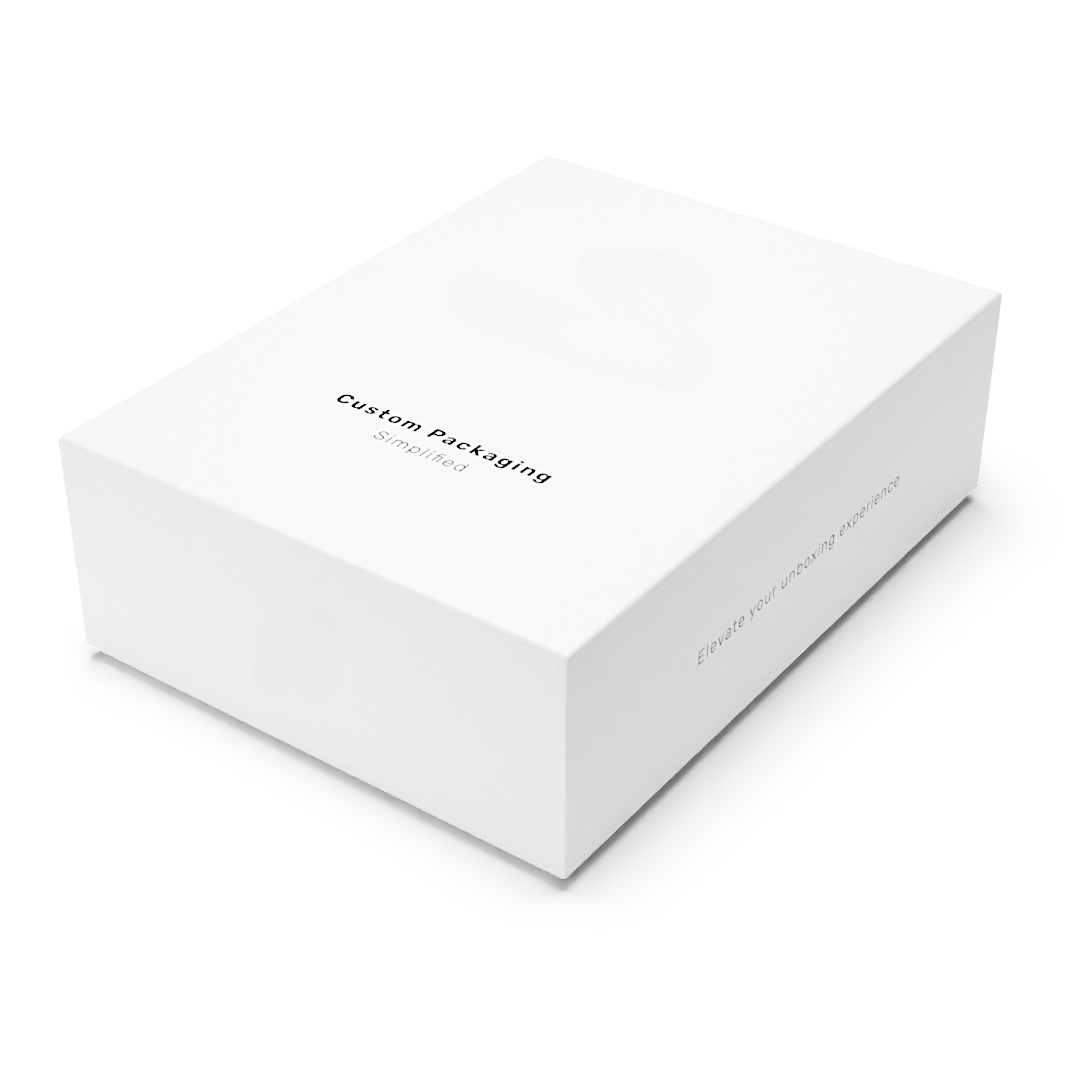
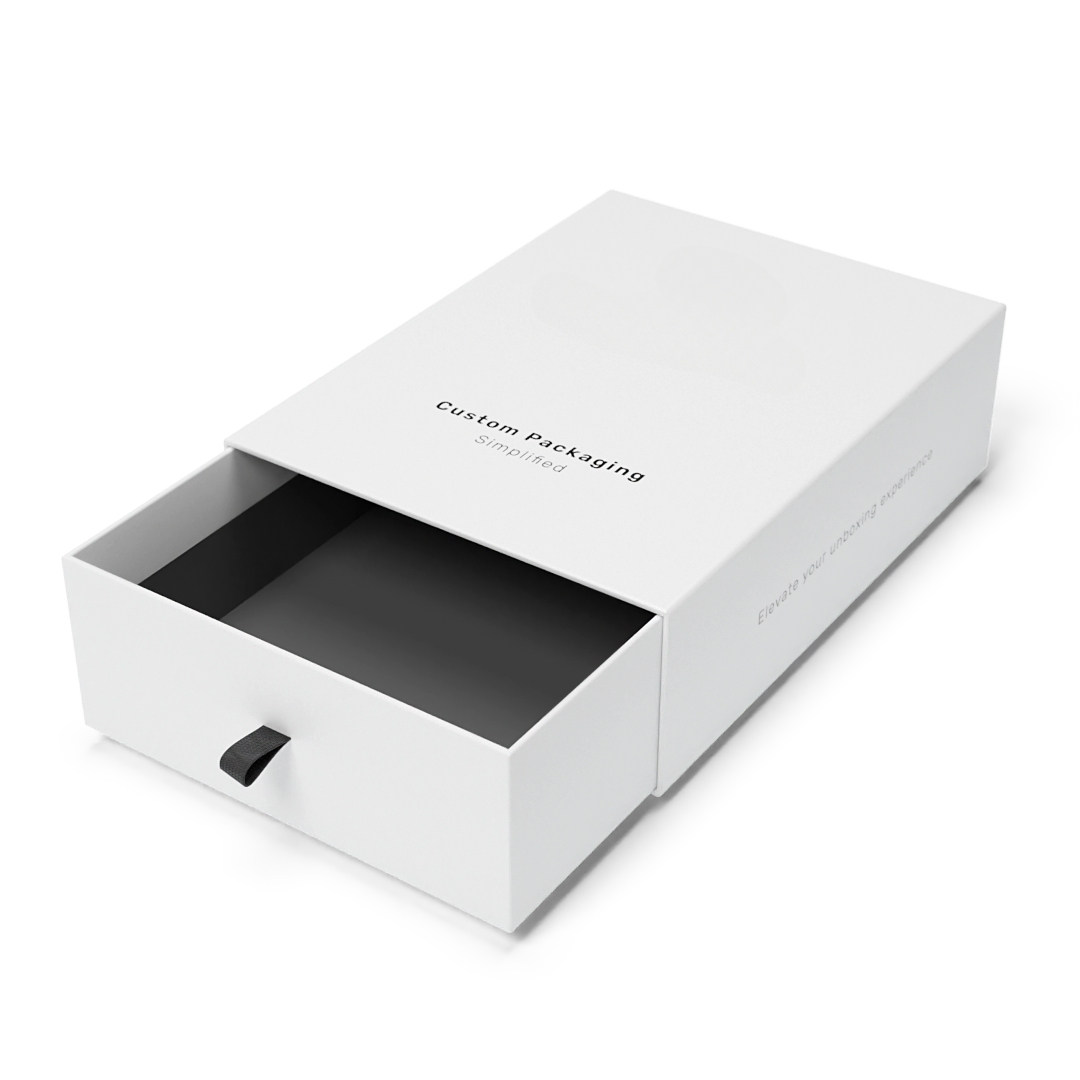
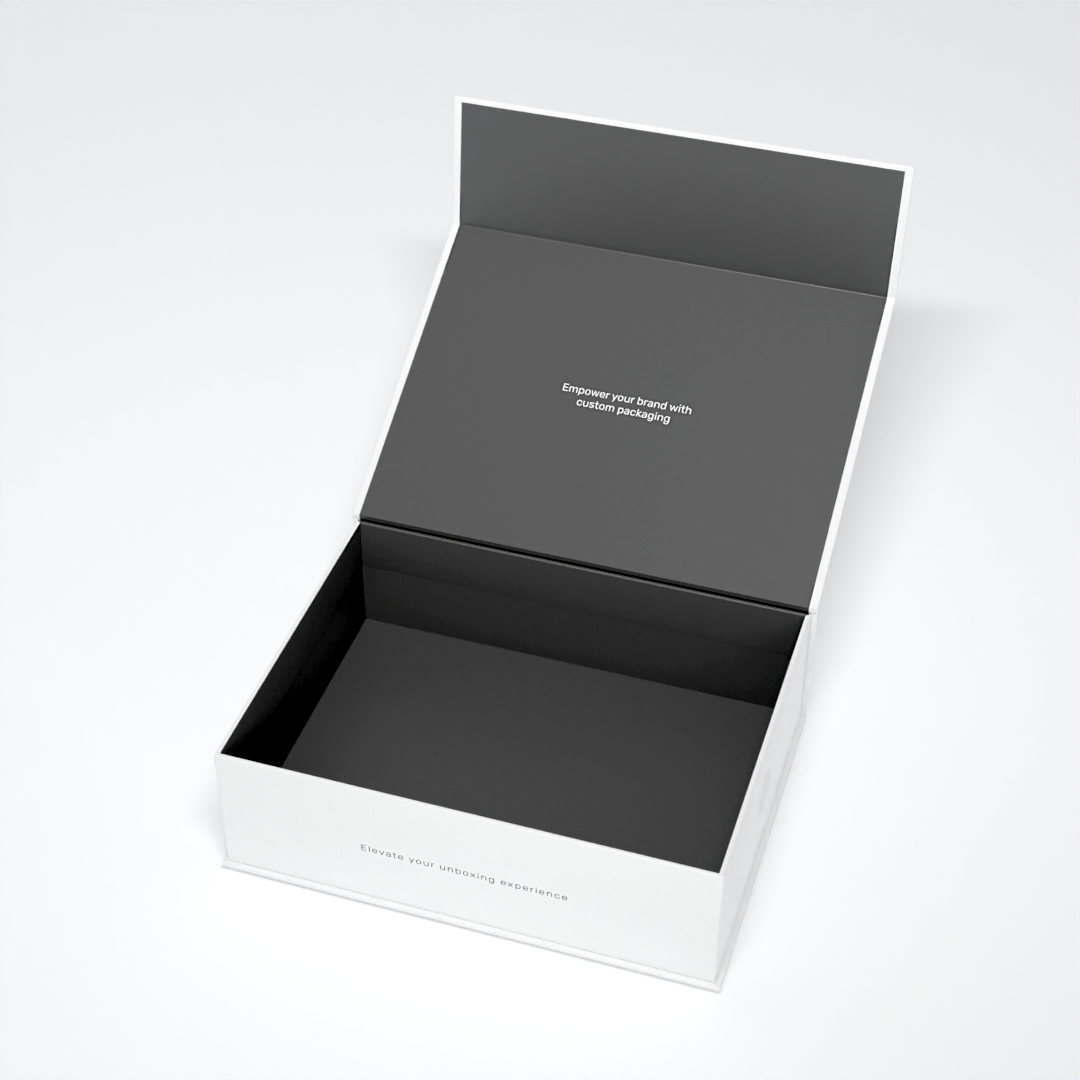


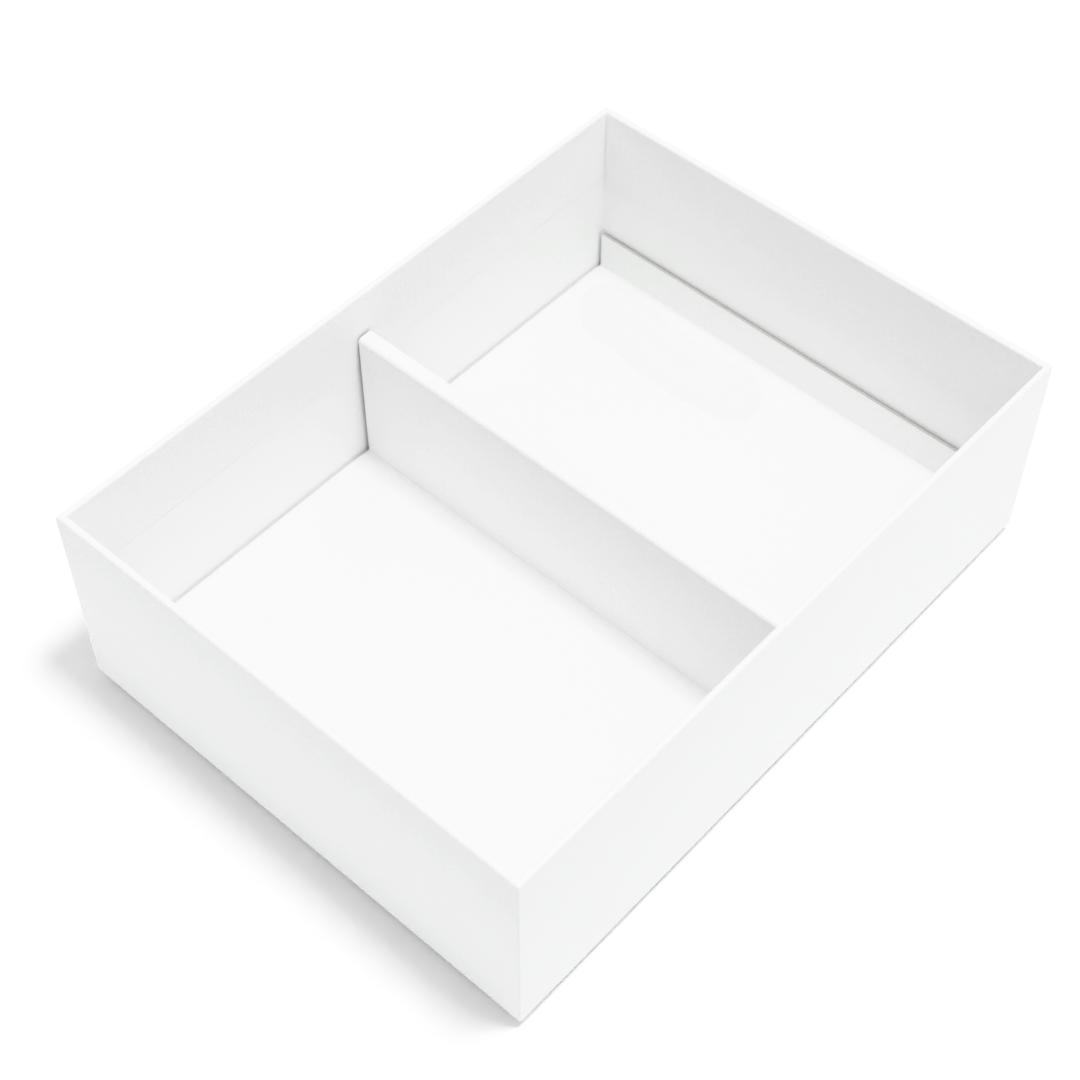
Leave a comment